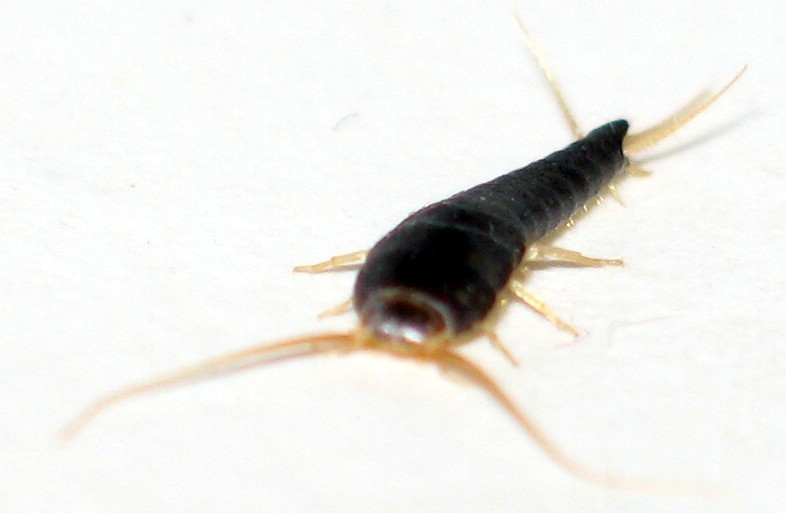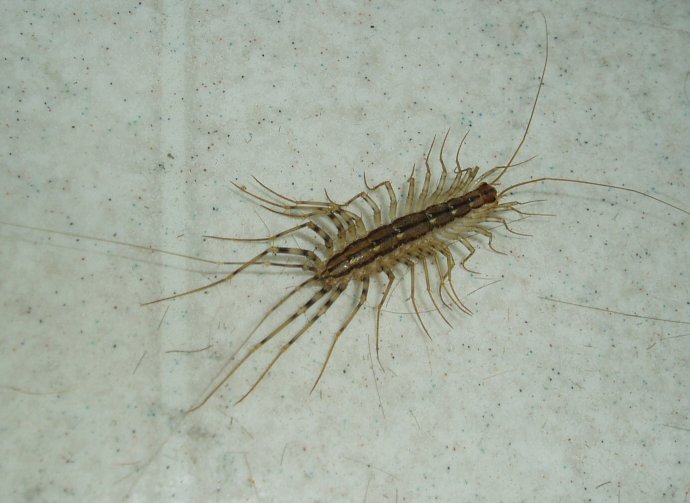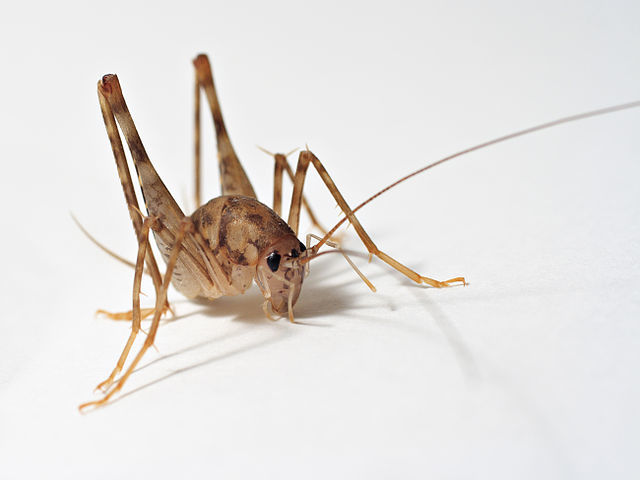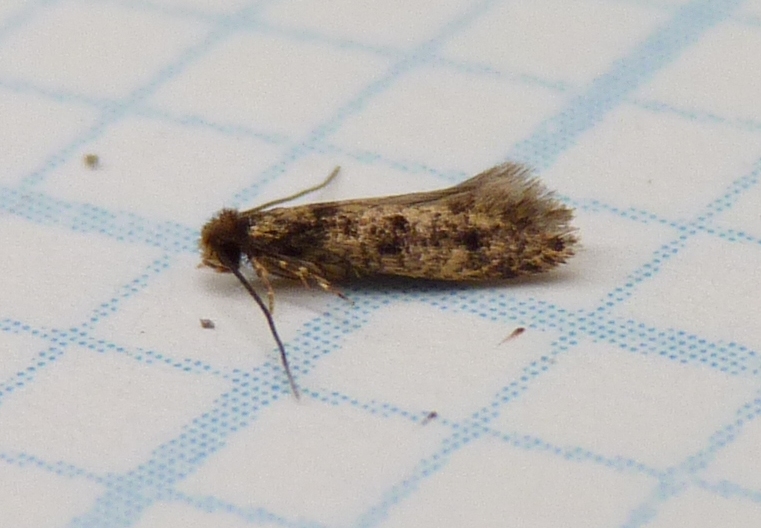Most people are aware of the usual suspects when it comes to pest infestation; bugs such as roaches, mosquitoes, and spiders normally come to mind. However, you may not know about these strange bugs - but that doesn't mean they can't infest your house! Take note if you see any of these weird insects around your home.
1. Flour bug

These small beetles (you may think of them as weevils, too) may give you a nasty surprise if you leave flour sacks or cereal boxes open. They nestle down in the carbs and live there, eating and depositing tiny eggs. Thier eggs then hatch into larvae and the baby beetles eat the food they were born in. Some even enter food while it's being packaged. Throw infested flour out to avoid further problems.
2. Firebrat

You may know about silverfish, but did you know they had a cousin called the firebrat? These live in hot (often moist) areas of your home, including around the oven, boiler, furnace, fireplace and more. Fortunately they don't do much damage, but they can be very annoying and may infest food. If you have a silverfish infestation, try lowering your temperature in your home and sealing off any cracks or crevices leading outside. If these methods still don't work, let us know and we will gladly take care of these bugs for you!
3. House centipede

Centipedes are bad enough outside, but the house centipede loves being indoors! Their two front legs near their mouth are venomous and used to hunt prey, they love to linger in the shadows, and may occasionally dart across the floor. Despite their size, they are rather quick. They are able to move 1.3 feet per second. People often think that centipedes have 100 legs. However, this isn't the case. House centipedes have 15 pairs of legs with two long antenna and two appendages in the rear. One of their favorite hiding spots is in blue jeans (sorry for the nightmares). If you see one, it's time to inspect your home's entry points.
4. Camel cricket

Camel crickets are an invasive species that can be a big problem along the East Coast. They eat nearly anything, love to live in basements, and generally don't like light or intruders. They are nocturnal so don't expect to see these critters running around during the daytime. Outside, they tend to live in mulch and woodpiles or under objects like stones, or fallen trees. If they get inside your house, you can expect to find them in places like the garage, crawl spaces, and attics. They also breed very, very quickly. They're harmless - and may even entertain your cat - but their appearance in your home is a bad sign of cracks or entry points.
5. Walking sticks
These bugs may look like twigs, but they aren't plant friendly. They can infest gardens and destroy plants with their chewing. They tend to perch on plants, making them blend in. Even their eggs are camouflaged. Walking stick eggs look like seeds and are dispersed across the forest floor instead of in clumps to better disguise themselves against predators. The females can reproduce without males too. If therer are no males present, the female will lay all female eggs. When there is a male present, there is a 50/50 chance the offspring will be male. Home invasion isn't likely unless they come in on potted plants, but if you see these bugs or damaged shrubs, it's time to live about some pest protection.
6. Plaster Bagworm

These pests started in Florida and have been working northwards. They look like a crusty little pouch hanging on the wall, which are really moth larva waiting to hatch - and looking to eat. They will camouflage their cocoon with things like soil and paint fragments to hide themselves from predators while they mature. They don't do much damage, but they are an unsightly mess and can eat wool and silk. They also feed on spiderwebs, so keeping your home free of webs can help deter these pesky critters. A clean house and lack of entry points can also help prevent this gross pest.
If you see any of these bugs in or around your home, don't hesitate to contact Breda Pest Management for some swift pest control. Our services can prevent and get rid of unwanted bugs so you can go back to enjoying your living space.




